Hi LPS team!
I am trying to use fast prime lenses for portraiture but want to be able to easily choose the correct aperture that will let me get most of the subject’s face in focus while still using the fastest possible aperture to get plenty of background blur.
I was wondering if there is a way to calculate the Depth of Field for my lens that will let me pick the perfect aperture for my portrait shots.
There are lots of online calculators but they don’t seem to be 100% accurate for my lens, am I doing something wrong?
I was hoping the LPS team could help me figure out how to calculate the perfect Depth Of Field for my lens.
Thank you!
-Tim D.
Hello Tim,
Thanks for sending us your question. The truth is most of those online calculators aren’t going to be 100% accurate for most lenses. Basically, real life lenses are different from mathematical calculations for ideal lenses.
One example of this variation that should be pretty easy to understand is called “focus breathing”. Focus breathing refers to a variation in focal length of a lens that changes with the focus distance. Many lenses exhibit this behavior, particularly zoom lenses. I have a couple lenses that I know for a fact have focus breathing. Of course, this means that when focused up close, the number on the side of the lens that says “100mm” is no longer the actual focal length. A “100mm” lens with focus breathing may breath to “80mm” when focused at it’s MFD. Since the lens focal length changes this means that the Depth Of Field will also change.
Of course online calculators typically don’t take into account focus breathing unless the calculator has been programmed by an expert on a specific lens design.
Aside from the fact that every lens is a little different thereby making precise calculations difficult, another big problem with doing this in the field is trying to find the distance to your subject. If you don’t know the exact distance to your subject to within a couple feet or even a couple of inches your Depth Of Field calculations will be thrown completely out of whack.
Imagine you’re photographing someone and you take one step forward? You just changed the equation for Depth Of Field by moving closer to the subject. Now you’ll have to recalculate which seems like an annoying way to work to me.
If you’re shooting with a prime lens then trying to be overly precise with Depth Of Field can be a huge issue. Photography is an art form where the artist often has to accept that “picture perfect” is an idea and not a reality.
Instead of worrying about your aperture, try using a specific aperture frequently and learning what distance to your subject tends to give you the result you like when using that aperture. So, if you have an 85mm f/1.2 and you’re worried about having too thin of a depth of field then use framing rules to help you choose the correct aperture.
When I do portraiture with an 85mm I follow framing rules very similar to this: If the subject’s whole body easily fits in the frame from head to toe then I know I can shoot at f/1.2. If the subject’s torso is in frame from just below the waste to just above the head, then I know I need to be stopped down to at least f/2.0. If I’m any closer than that then I know I need to stop down to at least f/4.
The last thing you should consider here is distance to the background. If the background is 100 feet away then you don’t need a huge aperture, especially with an 85mm lens. If the background is a lot closer then you might need to simply ask your subject to take a few steps forward. What’s easier, getting out a depth of field calculator and a laser rangefinder or simply asking your subject to take 5 steps forward?

